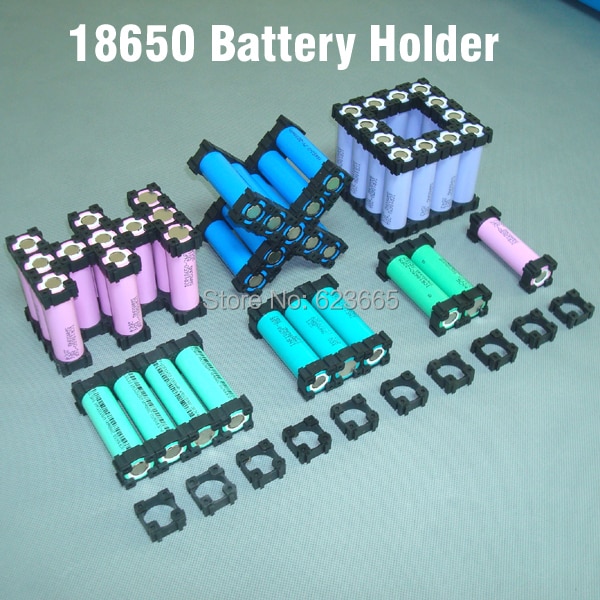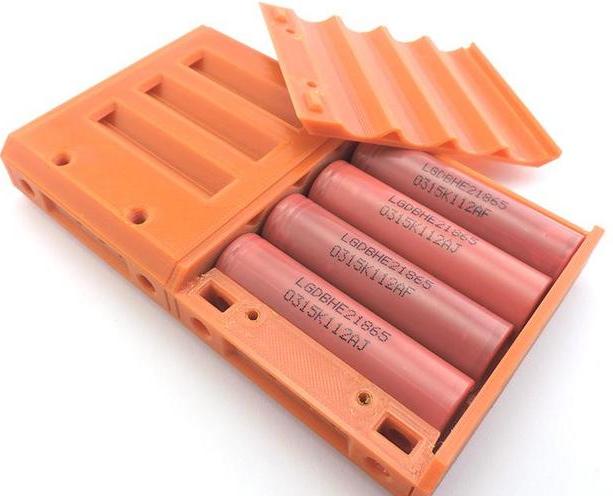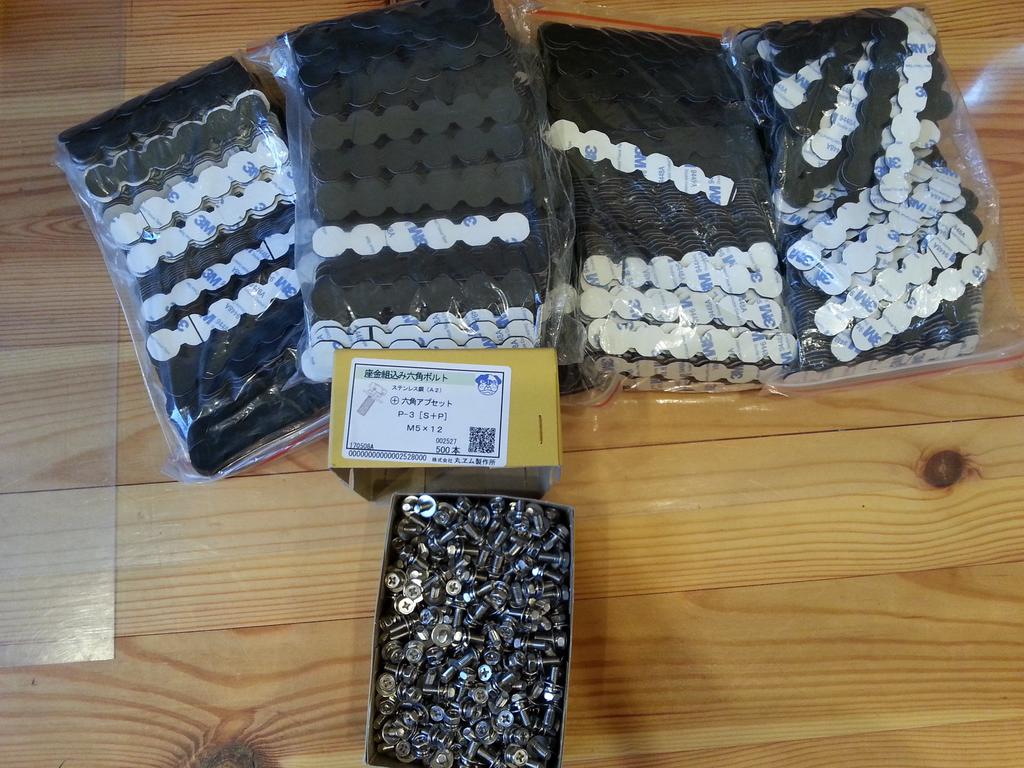macribs
10 MW
- Joined
- Jul 22, 2014
- Messages
- 3,702
agniusm said:364g - 6P full module.
364 gram for one module with 6p batteries? So a 20s12p would be 40 x 364 gram? 14.5 kilo for the modules alone? Then the weight of the batteries themselves? For 30Q 20s12p that would make 14.5 kilos for casing + additional 12 kilos for the 18650 batteries? 26.5 kg total. Nah that can't be right. Hopefully I didn't understand you correct.
Hm if that is the case some weight loss might be in order. How much of the casing can you shave off? It seems you should at least get 2/3 of the weight off if my math is correct.
It must be 364 gram module and batteries. That would make total weight 14.5 kilos for 20s12p. So the modules would add additional 2.5 kilos for a 240 cell battery.





